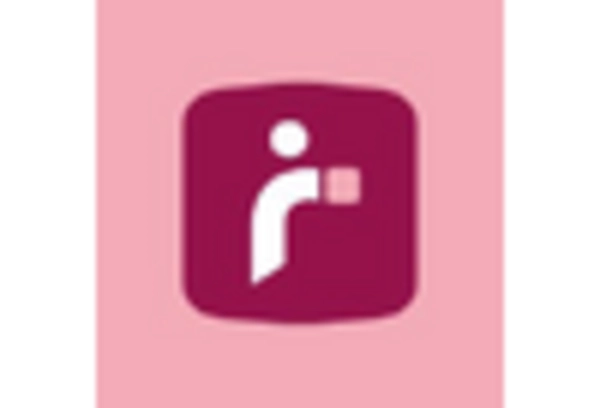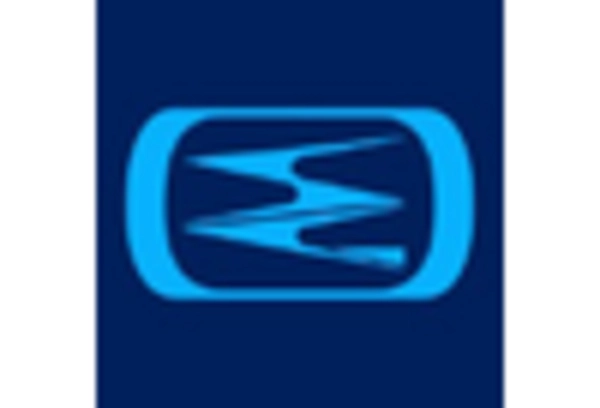Health Conscious Consumer Trends
The increasing awareness of health and wellness among consumers significantly impacts the frozen food-packaging market. As individuals become more health-conscious, there is a growing demand for frozen foods that are organic, low in calories, and free from artificial additives. In 2025, it is anticipated that health-oriented products will represent approximately 30% of the frozen food-packaging market. This shift compels manufacturers to rethink their packaging strategies, ensuring that they communicate health benefits effectively. Packaging that highlights nutritional information and ingredient transparency is likely to resonate with consumers, thereby influencing purchasing decisions.
Growth of Online Grocery Shopping
The rise of online grocery shopping has a profound impact on the frozen food-packaging market. As more consumers opt for e-commerce platforms to purchase groceries, the demand for packaging that withstands the rigors of shipping and handling increases. In 2025, it is projected that online sales will account for nearly 25% of the total frozen food market. This shift necessitates the development of packaging that ensures product integrity during transit, such as insulated materials and tamper-evident seals. The ability to deliver frozen products safely and efficiently is likely to be a key driver of growth in the frozen food-packaging market.
Rising Demand for Convenience Foods
The frozen food-packaging market experiences a notable surge in demand for convenience foods, driven by the fast-paced lifestyle of consumers. As more individuals seek quick meal solutions, the market for frozen meals and snacks expands. In 2025, the convenience food segment is projected to account for approximately 35% of the total frozen food-packaging market. This trend indicates a shift in consumer preferences towards ready-to-eat options, which necessitates innovative packaging solutions that ensure product freshness and ease of use. The packaging must not only preserve the quality of the food but also appeal to the aesthetic preferences of consumers, thereby enhancing the overall market appeal.
Technological Advancements in Packaging
Technological innovations play a crucial role in shaping the frozen food-packaging market. The introduction of advanced materials and techniques, such as vacuum sealing and modified atmosphere packaging, enhances the shelf life and quality of frozen products. In 2025, it is estimated that around 40% of packaging solutions in the market will incorporate these technologies. These advancements not only improve food preservation but also reduce waste, aligning with sustainability goals. As manufacturers adopt these technologies, they can offer consumers products that maintain their nutritional value and taste, thereby driving growth in the frozen food-packaging market.
Regulatory Compliance and Food Safety Standards
The frozen food-packaging market is heavily influenced by stringent regulatory compliance and food safety standards. In the US, the Food and Drug Administration (FDA) enforces regulations that govern packaging materials and labeling requirements. As of 2025, adherence to these regulations is paramount for manufacturers aiming to maintain market access. Non-compliance can lead to significant financial penalties and loss of consumer trust. Consequently, companies are investing in packaging solutions that not only meet safety standards but also enhance product traceability. This focus on compliance is likely to drive innovation within the frozen food-packaging market.

















Leave a Comment